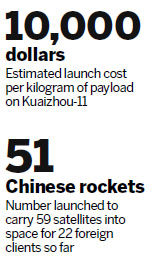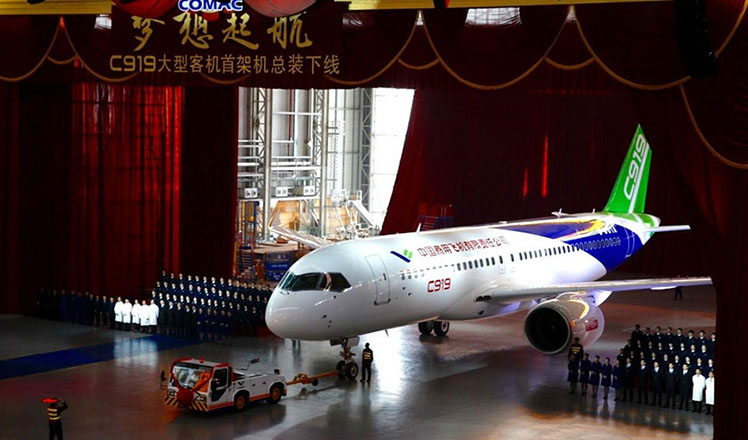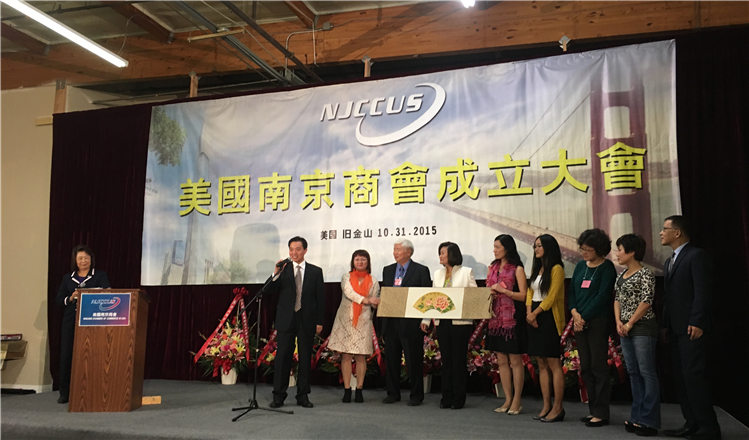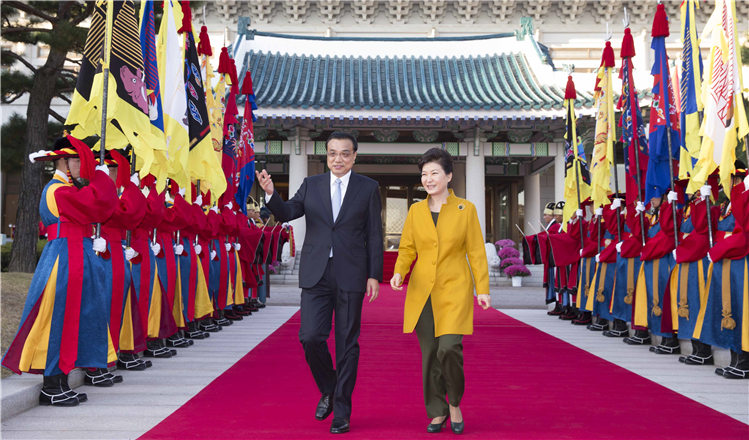New rocket readies for liftoff in 2016
Updated: 2015-11-02 08:07
By Zhao Lei(China Daily)
|
||||||||
China is preparing to launch a new-generation quick-response rocket in 2016 to seize more of the international commercial launch market, industry insiders said.
The Kuaizhou-11, or Fast Vessel-11, is being developed by the Fourth Academy of China Aerospace Science and Industry Corp, a major supplier of missiles to the People's Liberation Army. Its first launch is planned for late 2016 or early 2017, said Zhang Di, head of the company's space projects department, at the First China Commercial Launch Forum in Wuhan, Hubei province, on Friday.
Zhang said the solid-fuel rocket will be able to place a 1-metric-ton payload into a sun-synchronous orbit at an altitude of 700 kilometers. Prelaunch preparations will take very little time, and the launch can be conducted on rough terrain.
"The rocket's low requirement for launch conditions will help us save a lot of money. We hope to keep the launch cost under $10,000 per kilogram of payload, which means it will be very competitive in the international market," he said.
Liang Jiqiu, the Kuaizhou rockets' chief designer at the Fourth Academy, said that the main object of the Kuaizhou-11's first flight will be to test the capabilities of the rocket itself, but there will also be some room available for piggyback service.

China has been a major player in the international commercial launch market since the 1990s, when it started offering launch services to overseas companies. It has launched 51 rockets to carry 59 satellites into space for 22 foreign clients so far.
All of these commercial missions were carried out by the Long March rockets developed by China Aerospace Science and Technology Corp.
The first flight of a Kuaizhou rocket, which uses solid propellant and is considered a complement to the Long March series, took place in September 2013, when the China Aerospace Science and Industry Corp launched the Kuaizhou-1 from the Jiuquan Satellite Launch Center to put an Earth observation satellite into orbit.
In November 2014, the Kuaizhou-2 sent another satellite into space from the same launch center.
"The Kuaizhou rockets have made China the first space power that owns a space platform that integrates the satellite and launch vehicle, which means we have had a 'rapid response capability' in space," said an observer close with China's space programs who declined to be named.
"A satellite would be installed on a Kuaizhou rocket and stored in a maintenance facility. Once needed, it can be deployed by a transporter-erector-launcher vehicle to a secure location and can be launched with a preparation time as short as several hours," he said.
Gao Hongwei, chairman of China Aerospace Science and Industry Corp, said the Kuaizhou rockets have a high level of strategic importance and a huge market potential.
He said investments in the commercial launch sector bring a return of up to 14 times the original input.
zhaolei@chinadaily.com.cn
- Insurance for caring services sought in rapidly aging capital
- Criminal Law amended to combat terrorist activities
- Swimmers battle against the cold in ice-covered river
- Silent disco yoga class in HK quiets body and mind
- Endangered storks flock to reserve in record numbers
- Green victory in court seen as setting trend

 Chinese go the distance for marathon
Chinese go the distance for marathon
 First made-in-China large plane rolls off assembly lines
First made-in-China large plane rolls off assembly lines
 Mega projects undertaken in 2011-2015
Mega projects undertaken in 2011-2015
 The world in photos: Oct 26 - Nov 1
The world in photos: Oct 26 - Nov 1
 Art installations brighten Shanghai subway
Art installations brighten Shanghai subway
 Radwanska masters art of finishing on a high note
Radwanska masters art of finishing on a high note
 Nanjing Chamber of Commerce sets up in Silicon Valley
Nanjing Chamber of Commerce sets up in Silicon Valley
 South Korean President welcomes Premier Li Keqiang
South Korean President welcomes Premier Li Keqiang
Most Viewed
Editor's Picks

|

|

|

|

|

|
Today's Top News
Tu first Chinese to win Nobel Prize in Medicine
Huntsman says Sino-US relationship needs common goals
Xi pledges $2 billion to help developing countries
Young people from US look forward to Xi's state visit: Survey
US to accept more refugees than planned
Li calls on State-owned firms to tap more global markets
Apple's iOS App Store suffers first major attack
Japan enacts new security laws to overturn postwar pacifism
US Weekly

|

|






